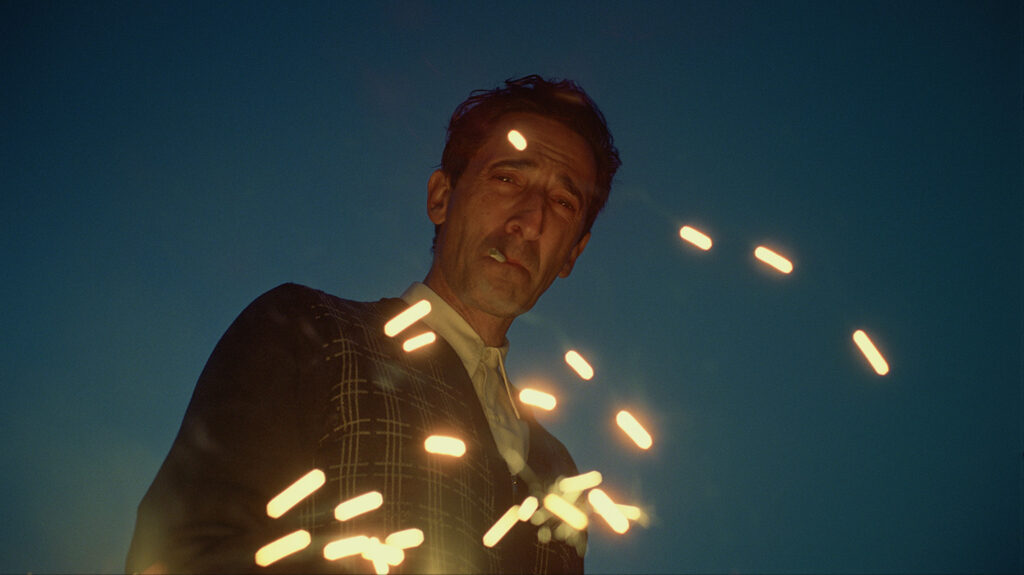Virtual fans may fill the stands as live sports return from COVID-19
As live sports look to return from their COVID-19-imposed suspensions, teams, leagues and broadcasters are asking what precautions they need to take to stay safe, and what innovations they can deploy to continue to entertain fans who found themselves robbed of their favorite pastimes. In the last two months, we’ve seen different leagues take different approaches to resuming, all of which are defined by the unique demands of the individual sport and the creativity of the onsite and remote production teams behind the scenes. Still, despite the diversity of strategies, there’s on constant for all the teams looking to return, one that was considered inevitable since the first conversations started: no fans.
Virtual fans putting the ‘AR’ in ‘arena’
Although there was an established consensus among both fans and leagues that, when live sports came back, the bleachers would have to remain empty for some time, it’s likely that many underestimated the impact this could have on the viewing experience. When Germany’s Bundesliga football association resumed play on May 16, one of the main complaints from otherwise enthusiastic viewers was that there was something strange about seeing a sport, so long defined by its passionate, no-holds-barred fanbase played on a pitch with completely empty stands.
From the get-go, media organizations began to discuss how this could be remedied. OZ Sports, an Icelandic sports technology firm, quickly came forward with an AR solution known as OZ Arena, which could add digital fans to a stadium, complete with crowd sourced audio. OZ Arena could be deployed at a broadcasting facility, an Outside Broadcasting (OB) truck, or at the stadium directly. Functioning as something of a post-production effect it would give viewers the sense that those bleachers were as packed as ever, bringing back the rush of the live sports experience. Considering the amount of content, graphics, and effects live sports production teams transfer and handle over the course of a given game or event, this solution could be incredibly viable.
Your favorite team has invited you to a Zoom call
Another option, which was just recently put into practice during a Danish Superliga match on May 25 takes a slightly more analogue approach. In this case, giant monitors allowed fans to video call into the game, cheering their favorite players on through the screen. As reported by Red Shark, while the technology doesn’t fully eliminate the “silliness” that aroused skepticism around AR fans, the fact that the screen technology feels more concrete (and actually encourages interaction from viewers) could go a long way. It’s even been reported that fans can choose a section of the stands to appear in, resuming their favorite seats from a distance while the clubs monitor activity to ensure that no one gets too rowdy in full view.
Much like with OZ Sports’ virtual fans, this strategy seems quite manageable for live production teams, and might even offer them an interesting opportunity. Considering how heavily the most recent NFL Draft used video conferencing technology to connect fans with draft picks, coaches, star players, and more, access to video communication with enthusiastic fans could help broadcasters fill in some of the gaps that might arise during the early days of transition.
Making live sports feel alive again
The strictures of social distancing and the pressure COVID-19 placed on M&E has caused a fair amount of stress, but also demonstrated the creativity and innovation that define our industry. With AR/VR developers looking for new ways to bring the outside world to those at home, film studios discussing new onsite and remote production models, and flexible capabilities transforming how broadcasters think about their craft, the full potential of every member of the media landscape has been on full display.
As live sports begin to resume and leagues and production teams work to navigate hurdles both small and large, that innovative spirit is more valuable than ever. It’s helped keep players, administrators, and broadcasters safe so that leagues and their partners can help bring the game back to the fans.
With the right technology and strategy, we can also bring the fans back to game.


